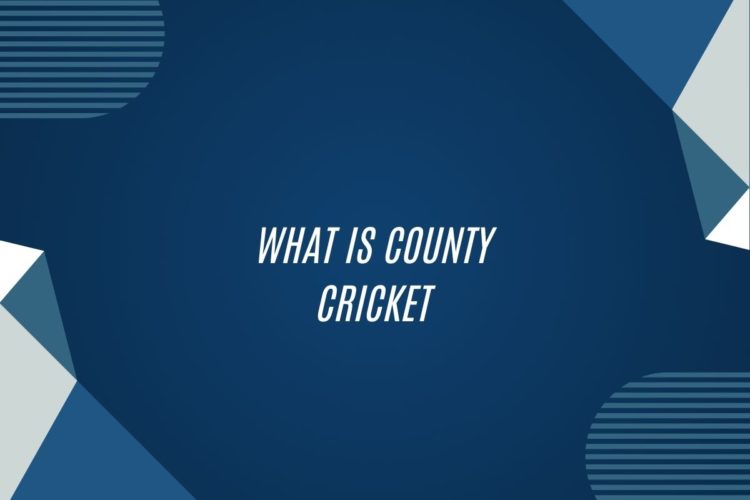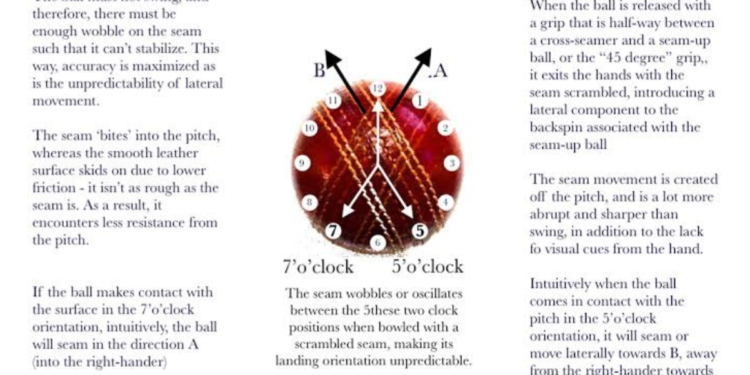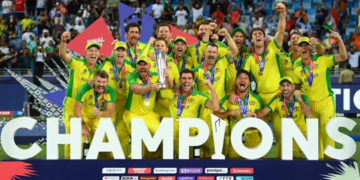Overview of County Cricket
County cricket in England is a storied and integral part of the country’s cricketing landscape. With a history dating back centuries, the sport has long been a beloved pastime for fans across the United Kingdom. County cricket is the domestic first-class cricket competition in England and Wales, comprising 18 county clubs that compete against each other in various formats throughout the season.
The county cricket season typically runs from April to September, with matches played across different formats including First-class, List A, and T20 cricket. The competition provides a platform for players to showcase their talent and skills, with many going on to represent the national team. County cricket matches are held at iconic grounds such as Lord’s, The Oval, and Old Trafford, drawing crowds of passionate fans who support their local teams with fervor.
History and Origins of County Cricket
County cricket, a venerable institution in the world of cricket, traces its roots back to the 18th century in England. The need for standardized rules and regulations prompted the formation of the first county teams, with the inaugural official match taking place in 1709 between Surrey and Kent. Over the years, the popularity of county cricket soared, leading to the establishment of more teams and the formalization of the competition.
The foundation of county cricket was built upon the strong cricketing traditions prevalent in different regions of England. Initially, matches were predominantly played for pleasure and as a form of entertainment for the local communities. Yet, as the sport gained traction and the talent pool expanded, the competitive aspect of county cricket began to emerge, laying the groundwork for a structured and organized format that continues to thrive to this day.
Structure of County Cricket
County cricket in England is organized into two main competitions – the County Championship and the T20 Blast. The County Championship is the oldest domestic cricket competition in the world, with teams playing four-day matches to compete for the title. The T20 Blast, on the other hand, is a fast-paced and exciting Twenty20 competition where teams battle it out in short-format matches.
Within the County Championship, teams are divided into two divisions – Division One and Division Two. At the end of each season, the top teams from Division Two are promoted to Division One, while the bottom teams from Division One are relegated. This system allows for a competitive environment where teams strive to perform their best in order to secure their place in the higher division. In the T20 Blast, teams are split into two groups, with the top teams advancing to the knockout stages to compete for the championship title. This format ensures that every match is crucial as teams aim to progress to the next stage of the competition.
Teams and Divisions in County Cricket
There are 18 first-class county cricket teams in the English domestic cricket structure. These teams are divided into two divisions, Division One and Division Two, based on their performance in the previous season. The top teams in Division Two are promoted to Division One, while the bottom teams in Division One are relegated to Division Two at the end of each season.
Each county team is made up of both senior and upcoming talented players. The teams compete against each other in various formats such as County Championship, One-Day Cup, and T20 Blast. The competition within county cricket is fierce, with teams vying for the top positions to secure silverware and gain promotion to higher divisions.
Format of County Cricket Matches
County cricket matches are primarily played in a four-day format, with each team facing off against their opponents in a bid to outscore and outperform them across several days of play. The four-day match structure allows for extended gameplay, providing teams with the opportunity to strategize, adapt, and showcase their skills over a longer period.
In addition to the traditional four-day matches, some county cricket competitions also incorporate limited-overs formats such as one-day matches and T20 games. These shorter formats add variety to the county cricket calendar, catering to different preferences of fans and players alike, and offering a more fast-paced and dynamic style of cricket.























